Air Force rolls out new medical model to minimize troop downtime
The U.S. Air Force is assigning care teams to "holistically" treat airmen instead of waiting for them to seek care, in addition to other care plans, as part of an effort to keep troops ready to deploy.
June 28, 2019
By Ed Adamczyk
View attachment 8624
The U.S. Air Force announced the rollout Thursday of a new model for medical care for active-duty airmen, focusing on faster return to deployability status. Photo courtesy of U.S. Air Force
June 28 (UPI) -- The U.S. Air Force unveiled a procedural model focused on treating active-duty airmen to return them to deployment status.
The Air Force Medical Reform model, announced on Thursday, organizes dedicated provider care teams into an operational medical readiness squadron. A quicker return to availability is the goal, officials said.
The new structure is based on a pilot program conducted by the 366th Medical Group at Mountain Home AFB, Idaho, which reorganized the group into two squadrons, each with "provider teams" that include medical and administrative professionals responsible for coordination of care through diagnosis, treatment and rehabilitation.
Teams were able to employ holistic treatment, including visits to airmen at their duty locations to better understand workplace issues.
"We had more than 400 airmen on the base who were considered 'non-mission capable' when we launched in March 2018," Col. Steven Ward, commander of the 366th, said in a statement.
"In six months, we reduced that number by nearly one-fourth. Our provider teams focused relentlessly on getting airmen back into the fight," Ward said. "It was a real culture change for our provider teams focusing just on airmen and building relationships with their assigned squadron and leadership. That narrow focus really helps providers get to know their patients and solve health problems before they can negatively affect the mission."
Minimizing a service person's downtime is the goal of the program, and the new structure brings airmen back to full capability faster.
The reorganization comes after the Air Force initiated a "deploy or get out" policy in February, under which airmen in non-deployable status were given 12 months to return to deployability or risk separation from the military. At the time, 34,000 people in the Air Force held that status.
"Restructuring where care is delivered lets our providers focus on each group to improve the quality of care, create efficiencies, and most importantly, get injured or ill Airmen back into the fight more quickly," said Brig. Gen. Susan J. Pietrykowski, of the Office of the Air Force Surgeon General.
The Air Force Medical Service plans to first roll out the new medical organization model to 43 Air Force military treatment facilities within the continental United States.
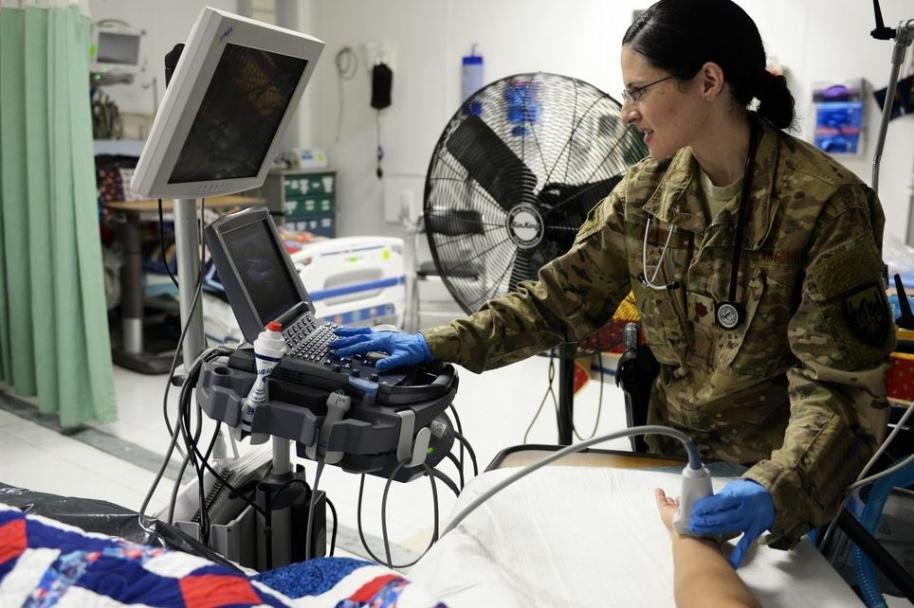
 www.upi.com
www.upi.com
The U.S. Air Force is assigning care teams to "holistically" treat airmen instead of waiting for them to seek care, in addition to other care plans, as part of an effort to keep troops ready to deploy.
June 28, 2019
By Ed Adamczyk
View attachment 8624
The U.S. Air Force announced the rollout Thursday of a new model for medical care for active-duty airmen, focusing on faster return to deployability status. Photo courtesy of U.S. Air Force
June 28 (UPI) -- The U.S. Air Force unveiled a procedural model focused on treating active-duty airmen to return them to deployment status.
The Air Force Medical Reform model, announced on Thursday, organizes dedicated provider care teams into an operational medical readiness squadron. A quicker return to availability is the goal, officials said.
The new structure is based on a pilot program conducted by the 366th Medical Group at Mountain Home AFB, Idaho, which reorganized the group into two squadrons, each with "provider teams" that include medical and administrative professionals responsible for coordination of care through diagnosis, treatment and rehabilitation.
Teams were able to employ holistic treatment, including visits to airmen at their duty locations to better understand workplace issues.
"We had more than 400 airmen on the base who were considered 'non-mission capable' when we launched in March 2018," Col. Steven Ward, commander of the 366th, said in a statement.
"In six months, we reduced that number by nearly one-fourth. Our provider teams focused relentlessly on getting airmen back into the fight," Ward said. "It was a real culture change for our provider teams focusing just on airmen and building relationships with their assigned squadron and leadership. That narrow focus really helps providers get to know their patients and solve health problems before they can negatively affect the mission."
Minimizing a service person's downtime is the goal of the program, and the new structure brings airmen back to full capability faster.
The reorganization comes after the Air Force initiated a "deploy or get out" policy in February, under which airmen in non-deployable status were given 12 months to return to deployability or risk separation from the military. At the time, 34,000 people in the Air Force held that status.
"Restructuring where care is delivered lets our providers focus on each group to improve the quality of care, create efficiencies, and most importantly, get injured or ill Airmen back into the fight more quickly," said Brig. Gen. Susan J. Pietrykowski, of the Office of the Air Force Surgeon General.
The Air Force Medical Service plans to first roll out the new medical organization model to 43 Air Force military treatment facilities within the continental United States.

Air Force rolls out new medical model to minimize troop downtime - UPI.com
The U.S. Air Force unveiled a procedural model focused on treating active-duty airmen to return them to deployment status, including "holistically" caring for troops rather than waiting for them to seek care.

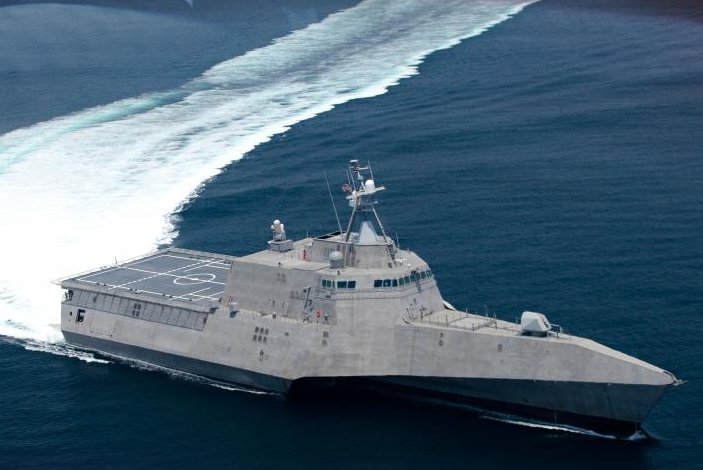
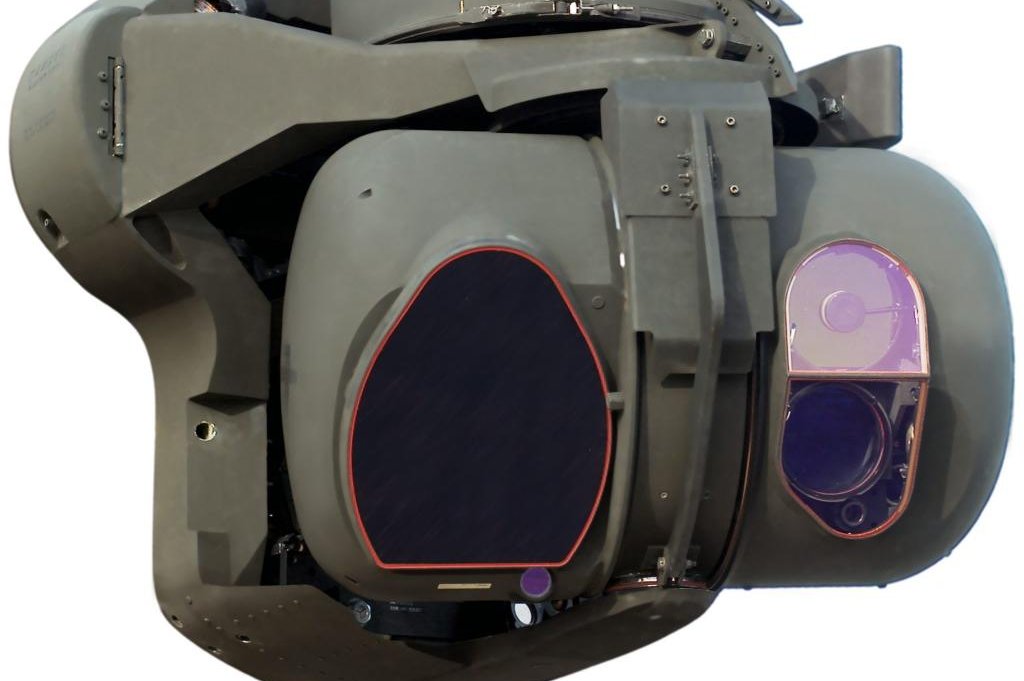
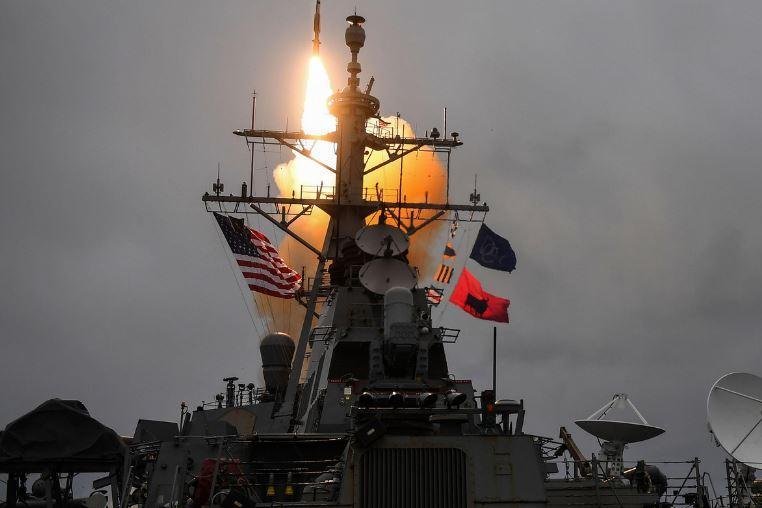
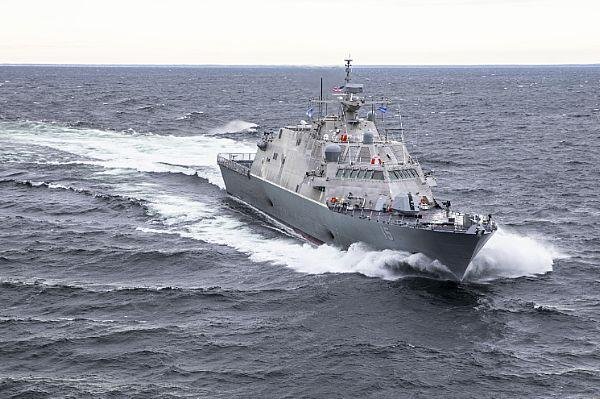
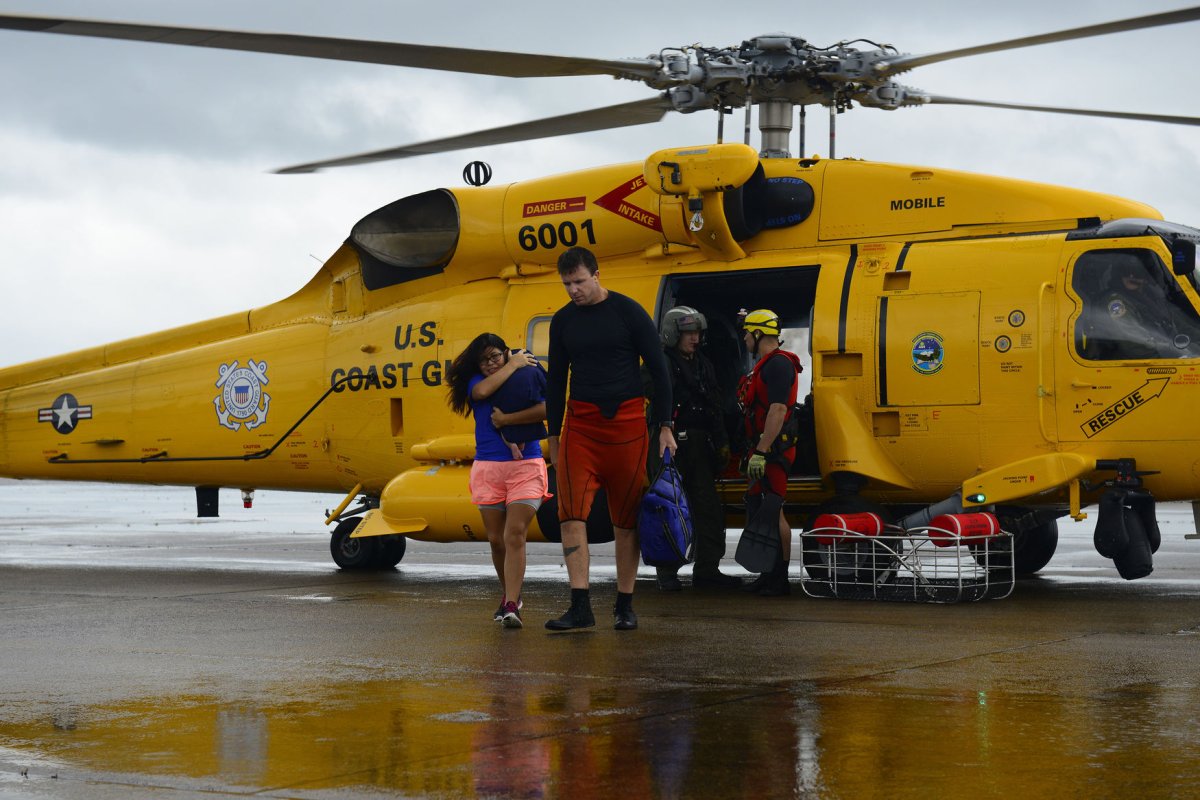






![[IMG] [IMG]](/proxy.php?image=https%3A%2F%2F3dprintingindustry.com%2Fwp-content%2Fuploads%2F2019%2F06%2F190530-N-UI581-0006.jpg&hash=9f3030439a93dd2b1beba3bbca3bef3d)
![[IMG] [IMG]](/proxy.php?image=https%3A%2F%2F3dprintingindustry.com%2Fwp-content%2Fuploads%2F2019%2F06%2FEOS-M290.jpg&hash=0bb9ad5bf14a8363ee18e92bfbab5253)